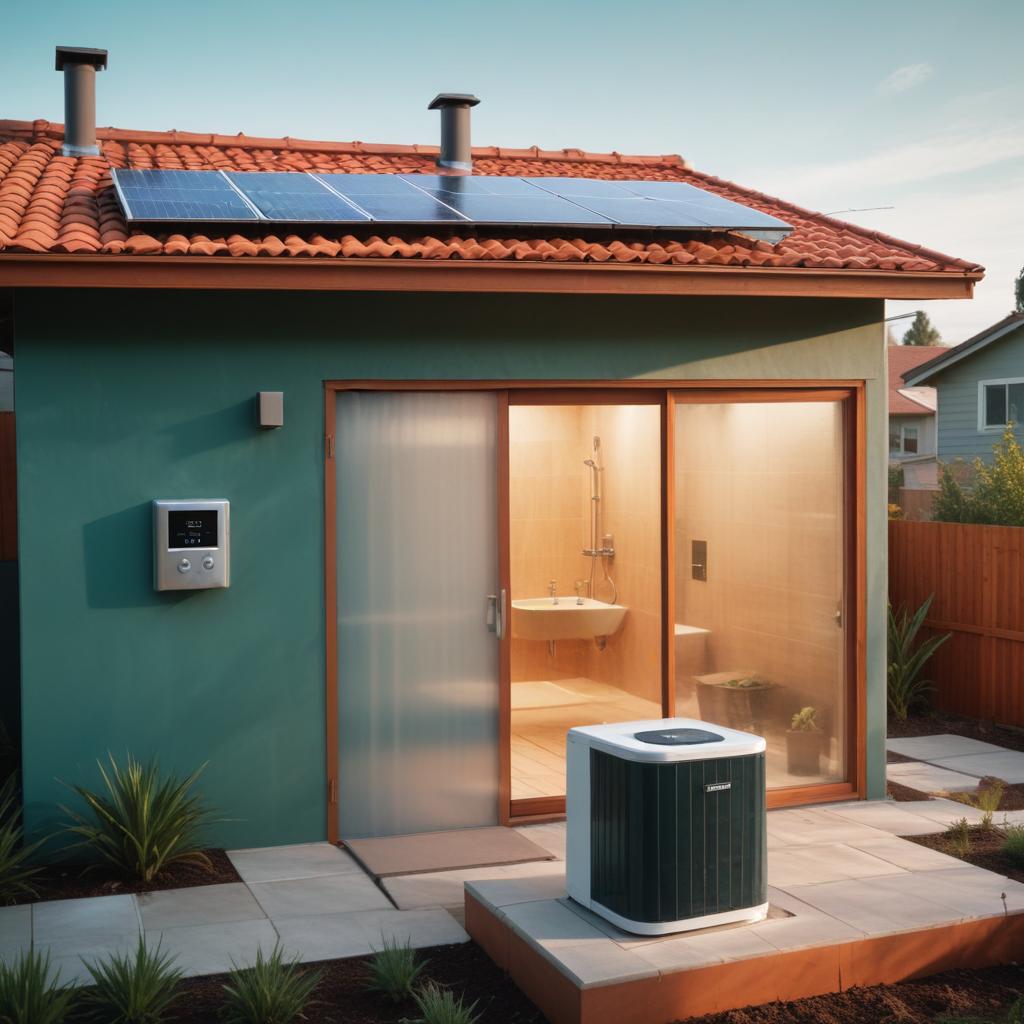Our homes are becoming increasingly tech-filled, with a myriad of gadgets and devices promising to make our lives easier, more efficient, and more entertaining. But with this growing appetite for technology, it’s important to consider the environmental impact of our digital habits. The good news is that sustainable tech is on the rise, offering eco-friendly alternatives that reduce our carbon footprint without compromising on functionality or style. Here’s a look at some of the latest and greatest green gadgets that can help you create a greener home.
One of the simplest ways to make your home more energy-efficient is through smart lighting. LED bulbs have been revolutionizing the lighting industry, offering significantly longer lifespans and reduced energy consumption compared to traditional incandescent bulbs. Taking it a step further, smart LED bulbs can be controlled via an app or voice assistant, allowing you to adjust brightness, set schedules, and even change colors to match your mood or activity. This added control not only enhances the ambiance of your home but also helps reduce energy waste. And, with many smart bulbs now designed to be recyclable, you can rest assured that you’re making a sustainable choice.
Another essential aspect of a sustainable home is energy management. A smart thermostat can make a significant difference in your energy usage and bills. These devices learn your temperature preferences and adjust accordingly, helping you avoid wasting energy on excessive heating or cooling. Some models even come with built-in motion sensors, so they can detect when you’re home and focus their efforts on occupied areas. You can also access your thermostat remotely, allowing you to make adjustments on the go and ensure no energy is wasted when you’re away. With potential energy savings of up to 23% annually, a smart thermostat is a sound investment for any eco-conscious homeowner.
Solar power is an increasingly viable option for homeowners looking to embrace renewable energy. Solar panels have evolved significantly, and today’s options are more efficient, durable, and aesthetically pleasing. High-efficiency solar panels can now be integrated into your roof, providing a seamless and subtle design that blends in with your home’s architecture. These panels capture the sun’s energy to power your home, reducing your reliance on the grid and providing a clean, renewable energy source. Federal tax credits and incentives offered by many states also make solar panels a financially attractive option, with potential long-term savings on your energy bills.
Water consumption is another area where technology can help us become more environmentally conscious. Smart shower systems, for example, provide an indulgent experience while conserving water and energy. These systems offer precise temperature control, allowing you to set your ideal shower temperature and have it remain consistent, so you avoid wasting water while waiting for it to heat up. Additionally, real-time water usage data and automatic shut-off features help you keep track of and reduce your water consumption. Some models even recycle and filter water, ensuring that every drop is used efficiently.
When it comes to creating a greener home, it’s not just the big appliances and systems that count. Small, everyday items can also be made more sustainable. One example is rechargeable batteries, which offer a much more eco-friendly alternative to traditional single-use batteries. Rechargeable batteries can be used hundreds of times, reducing the number of batteries that end up in landfills and the toxic materials that leach into the soil. The latest options include ultra-fast-charging models and designs that hold their charge for significantly longer, ensuring you always have power when you need it.
Our entertainment systems can also embrace sustainability. Televisions, in particular, have made significant strides in eco-friendliness. Energy-efficient models, such as those with OLED displays, consume a fraction of the power of older plasma screens, and some even feature ambient light detection, automatically adjusting their brightness to reduce power usage. Many manufacturers are also focusing on recycled materials and minimizing the use of harmful substances, ensuring that your entertainment choices don’t come at the environment’s expense. Recycled and recyclable packaging further reduces the environmental impact of your viewing pleasure.
Finally, a simple yet impactful way to make your home office more sustainable is by choosing eco-friendly computer accessories. From keyboards and mice made from recycled plastic to energy-efficient monitors, there are many ways to green your workspace. Solar-powered keyboards and mice, for instance, can help you reduce your energy consumption, while ergonomic designs made from sustainable materials ensure that comfort and eco-consciousness go hand in hand. Monitor manufacturers are also offering models with eye-care technologies that reduce blue light emissions, providing a more comfortable viewing experience while lowering power consumption.
